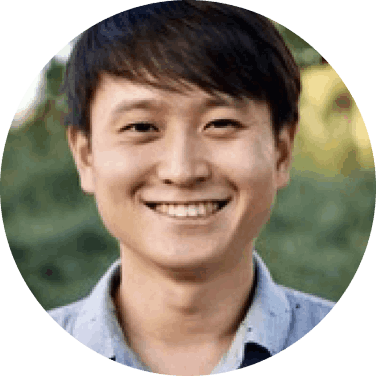THEORY AND EVIDENCE
International relations scholars have often argued that inter-state conflicts arise from security dilemmas. When two states are locked in a security dilemma, their leaders and publics misinterpret the other side’s defensive actions as signs of aggressive intent. This can set off a spiral of actions and reactions that increase the probability of conflict.
Largely, studies of security dilemmas overlook the role of perceived differences in identity, including the role of racism and its repressive domestic implications. We argue, building on Social Identity Theory, that the dehumanization or even explicit racialization of an ‘Other’ can intensify a security dilemma, making cooperation and trust even more difficult to achieve.
Due to the deepening of U.S.-China rivalry, the United States may be once again witnessing the sorts of dehumanized and racialized images that frame an outgroup as exceptionally malign. For example, in a public talk in 2019, the then head of Policy Planning at the State Department, Kiron Skinner, argued that the Cold War with the Soviet Union was a dispute “within the Western family.” By contrast, the competition between China and the United States, she continued, would be uniquely destabilizing because China was “not Caucasian.”
Similar sentiments were expressed by Michael Anton, the newly selected head of Policy Planning. He stated that “Russia is part of our civilizational ‘sect’ in ways that China can never be.” Skinner’s chapter in Project 2025’s Mandate for Leadership on reforming the State Department claims that 5,000 years of history means that China’s “internal culture and civil society will never deliver a more normative nation.” Similarly, Senator Marsha Blackburn once tweeted that “China has a 5,000-year history of cheating and stealing. Some things will never change.”
History and theory suggest that such discourse is likely to intensify a ‘them and us’ dynamic. But thus far, the links between the U.S.-China security dilemma, radical Othering, and support for policing against perceived political, social, or physical contamination are largely anecdotal. These links require more analysis.
There is some evidence that a sizable constituency in U.S. domestic politics might be moved by anti-Chinese Othering to support more illiberal policies. For example, surveys by the Committee of 100 indicate that almost one third of respondents believe Chinese Americans are more loyal to the People’s Republic of China (PRC) than to the United States. The trope of disloyal members threatening ingroup cohesion is common when groups police against threats from an Other. An important research question is whether this percentage will increase as U.S.-China relations deteriorate.
A particularly interesting trope used increasingly since 2017 to delegitimize criticism of U.S. China policy is the term “CCP talking point”. A specific version of this is that discussing increased anti-Chinese racism in the United States is a Chinese Communist Party talking point, and therefore presumably illegitimate. However, “anti-Chinese racism” can be both a CCP talking point and an accurate characterization of the effects of radical Othering in the United States.
There has indeed been a rapid rise in references to anti-Chinese racism in PRC media coverage of, and CCP criticisms of, U.S. China policy. At the same time, evidence suggests an increase in racialized anti-Chinese tropes and behaviors in the United States. The effectiveness of the “CCP talking point” trope in limiting or undermining debate about the Othering of Chinese Americans needs to be tested systematically.
One final feature of note is the role of the outgroup in encouraging radical Othering by the ingroup—inadvertently, indifferently, or even deliberately. For instance, CCP discourses under Xi Jinping have emphasized the obligation of the “sons and daughters of China” in realizing the rejuvenation of the nation (see also the Hung memo elsewhere in this collection). This rhetoric aims to mobilize Chinese people worldwide, regardless of their citizenship. As such it blurs the distinction between nationality and ethnicity, and thus increases the threat that some hawks perceive from Chinese Americans. More empirical research is needed, therefore, into the relationship between Xi’s statements about the children of China and discourses about Chinese American loyalty.


